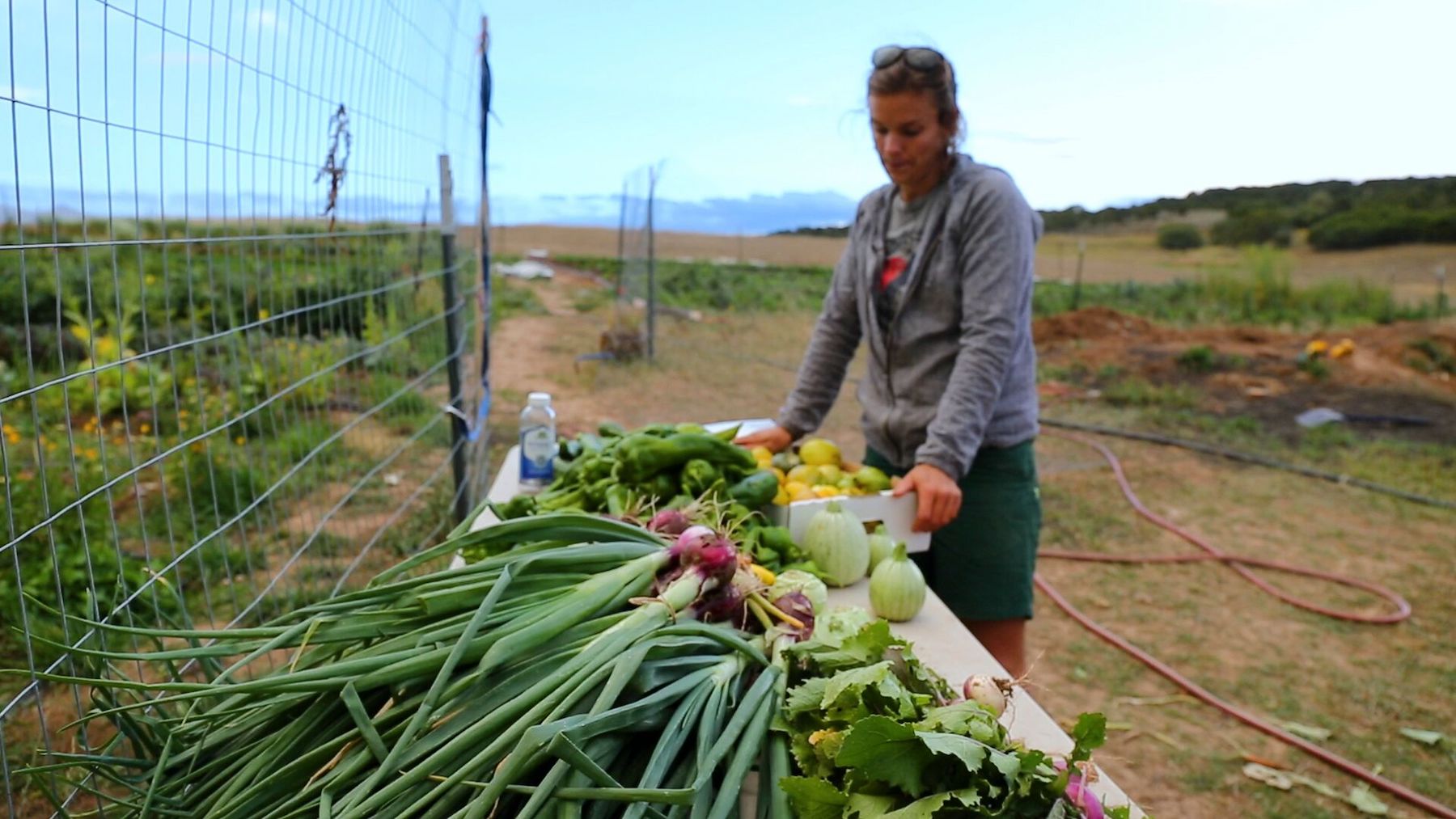The Local newsletter is your free, daily guide to life in Colorado. For locals, by locals.
August in Colorado is synonymous with locally grown peaches, melons, corn, and more. But the sad truth is that for most of the year, we don’t actually know where the majority of the food in our grocery stores comes from. That disconnect between farmer and consumer inspired first-time filmmakers Tomas Zuccareno and Haley Thompson to create How We Grow, a visually gorgeous documentary filmed within 15 miles of Carbondale. The 65-minute film focuses on millennial farmers and the innovative food systems in the Roaring Fork Valley that help remove barriers that prevent young people from getting involved with agriculture.
Why the focus on younger folks? The average American farmer is 58 years old and quickly approaching retirement. “If more young people aren’t farmers, we will run out of food,” Zuccareno says. “What we are trying to do here is tell people we need more farmers, and this is how our [Carbondale] community supported its young people. And it’s working. Our goal with the film is to show the world that when you support a community of young people, great things can happen.”

Carbondale has enacted initiatives to bolster young, small-scale farmers (also known as micro-farmers), who are usually working on less than five acres of land. One example: Since new farmers can have a tough time getting approval for bank loans, the community pooled their resources and created its own fund, which is available exclusively to local farmers. Once paid back, the money is then loaned out to other farmers. By highlighting these efforts, Zuccareno and Thompson hope to set an example for other communities.
A 10-minute short of How We Grow has been released (and can be viewed below); the full-length feature is currently in post-production. To raise the $20,000 needed to finish the film, Zuccareno and Thomspon have launched a Kickstarter. Zuccareno says the next step is to submit and hopefully premiere at Sundance Film Festival, run the film on the festival circuit, and then donate the film to schools across the country for educational purposes.








